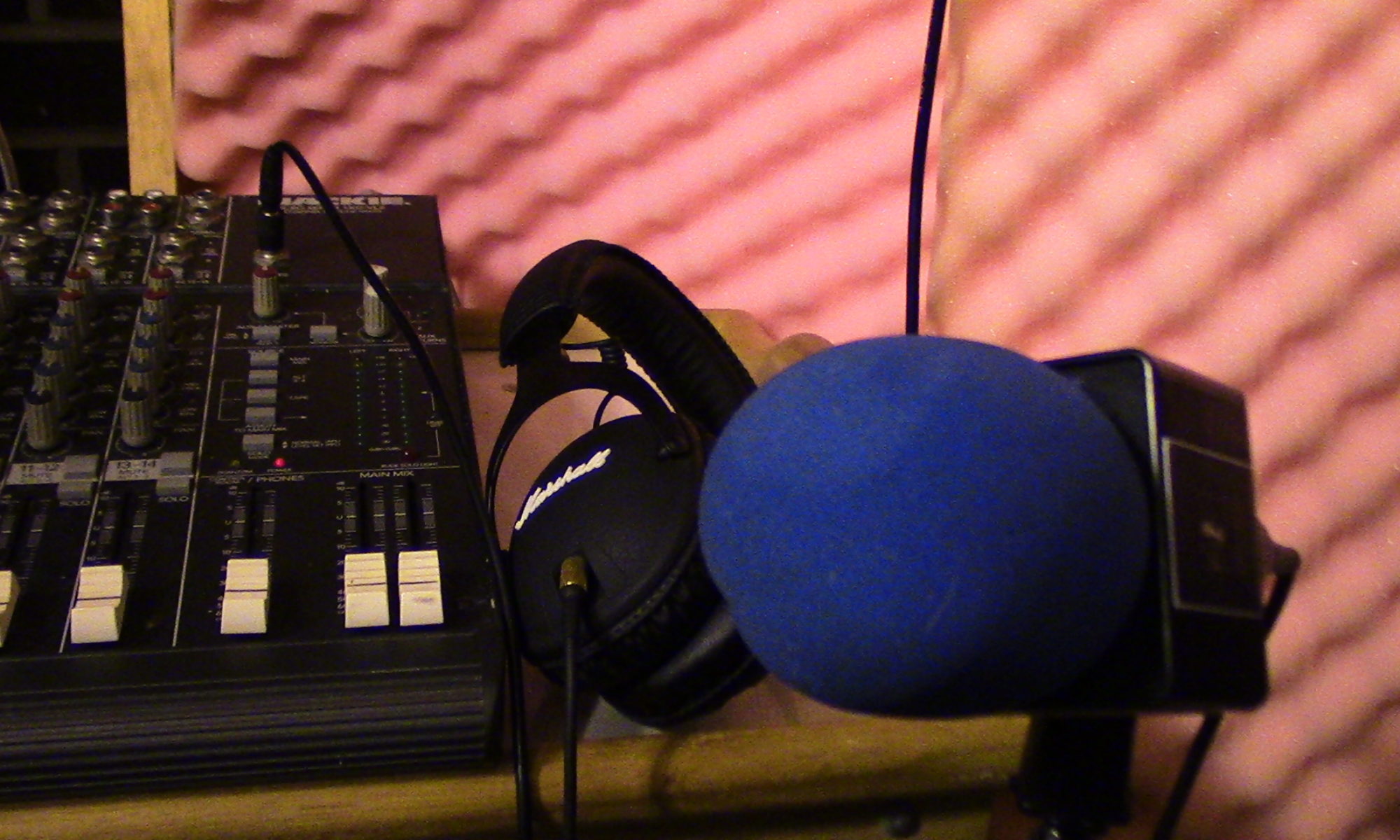
By Alan Boyle, Science Editor NBC News
Millionaire Dennis Tito has revised his plan to send a husband and wife around Mars in 2018 — and is calling on NASA to contribute several hundred million dollars to the cause as a partner.
“This partnership is a new model for a space mission,” Tito told lawmakers on Wednesday during a Capitol Hill hearing organized by the House Science, Space and Technology Subcommittee on Space. “It is not the model of traditional contracts or subsidies for vehicle developments, although those models are embedded in the NASA programs to be leveraged for this unique mission. It is a philanthropic partnership with government to augment resources and achieve even greater goals than is possible otherwise.”
Inspiration Mars, the nonprofit venture that was founded by Tito earlier this year to spearhead the space effort, released a 26-page mission architecture study that supplemented his testimony. The concept was hashed out over the course of 90 days in cooperation with NASA experts, and draws heavily on technologies being developed for the space agency.
Tito initially envisioned the flyby as an effort primarily backed by private contributions, but the 90-day study determined that the mission had to be done with NASA hardware. “This has to be first and foremost a NASA mission,” supplemented by philanthopy, said Taber MacCallum, Inspiration Mars’ chief technology officer.
In an emailed statement, NASA said it’s willing to share expertise with Inspiration Mars “but is unable to commit to sharing expenses with them.”
“However, we remain open to further collaboration as their proposal and plans for a later mission develop,” David Weaver, the agency’s associate administrator for communications, said in the email.
How to fly past Mars
Inspiration Mars’ concept calls for using NASA’s big but yet-to-be-built rocket, known as the Space Launch System or SLS, to put the Mars transit vehicle into Earth orbit. Then the two-person crew would be sent into orbit atop a commercial rocket — for example, a Falcon 9 or an Atlas 5 — to rendezvous with the transit vehicle. That vehicle would consist of a service module to handle avionics, control and communications; an Orbital Sciences Cygnus cargo capsule, modified to serve as a deep-space habitat module; and a re-entry pod based on the Orion capsule currently being developed for NASA’s use.
A beefed-up SLS upper stage would blast the transit vehicle out of Earth orbit for its long, looping ride around the Red Planet. The flight profile would follow the scenario Tito outlined when he announced the Inspiration Mars effort: Because of a favorable planetary alignment, the spacecraft could go around Mars and make a “free return” to Earth with virtually no expenditure of fuel — as long as it left Earth by January 2018.
The 314 million-mile (505 million-kilometer) trip would take 501 days, culminating in a high-speed re-entry through Earth’s atmosphere and splashdown on May 21, 2019. Tito favors sending a husband and wife — not only because that would presumably make for compatible crewmates, but also because the history-making trip would thus include both genders of the human species. NASA would play a key role in astronaut selection.
Tito said the timetable could jump-start NASA’s plans to send humans around Mars — a feat that’s currently scheduled for the 2030s. “Why not move this mission to the here and now, and not wait until the ’30s?” he asked.
Follow the money
Tito estimated that the mission would cost less than $1 billion, and that about $300 million could be raised from private contributions. However, he said those contributions would probably come in only after the flyby launches were firmly scheduled on a manifest.
By Tito’s tally, that would leave roughly $700 million in costs to be covered by NASA. He noted that the space agency was already working on some of the components for the mission, including an SLS rocket that’s due to be built for an unmanned, around-the-moon flight test in 2017. He said that rocket could instead be used to launch the hardware for the Inspiration Mars mission. However, in order to meet the mission requirements, work on an advanced version of the SLS’ upper stage would have to be accelerated.
Tito framed the 2018 Mars mission as a challenge to American know-how and national will. “If we need a Plan B, there is a mission 88 days longer that flies by Venus before going by Mars, a unique trajectory that could be flown in 2021. However by then, another country — almost surely China — will have seen our missed opportunity, and taken the lead for themselves,” he said.
He offered the subcommittee what he called “a frank word of caution.”
“The United States will carry out a Mars flyby mission, or we will watch as others do it — leaving us to applaud their skill and theirdaring. If America is ever going to do a flyby of Mars — a manned mission to another world — then 2018 is our last chance to be first,” he said.
Reality check
Before Tito’s testimony, the lawmakers were generally supportive of the Inspiration Mars concept. Rep. Lamar Smith, R-Texas, chairman of the House Science, Space and Technology Committee, said it was “the type of space endeavor we should encourage.” But after Tito’s statement, some questioned whether NASA could afford to spend several hundred million dollars on a philanthropic flyby, particularly in an era of tighter federal budgets.
“Right now, I don’t see evidence that a lot of money would be available,” Tito acknowledged.
The plan would apparently require retooling the multibillion-dollar SLS-Orion project, and entrusting mission success to a heavy-lift rocket on its very first launch. The concept also assumes that commercial space taxis will be ready to carry astronauts by 2018. NASA currently projects that the taxis will enter service by 2017 — but there’s always a chance that the schedule will slip, particularly if development funding doesn’t meet NASA’s projections.




